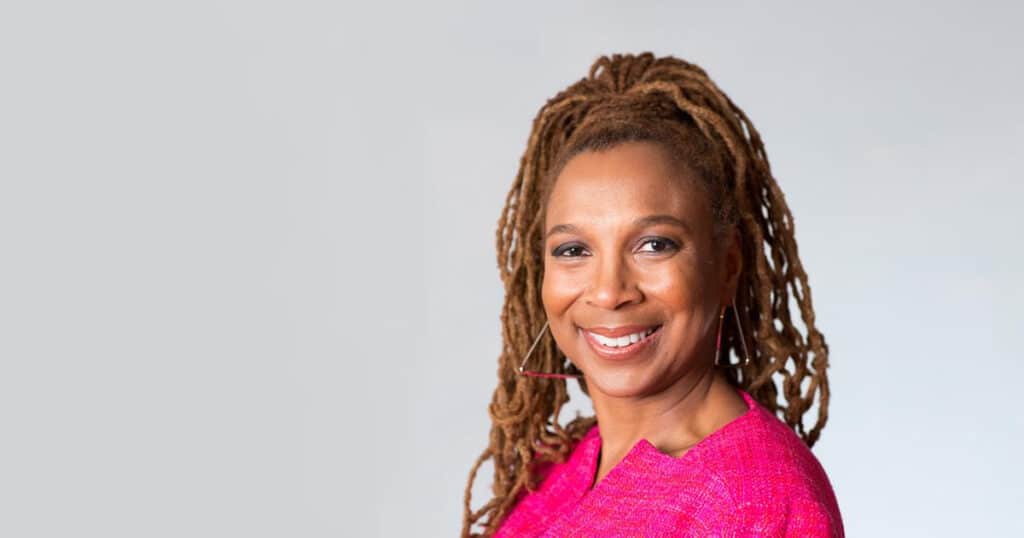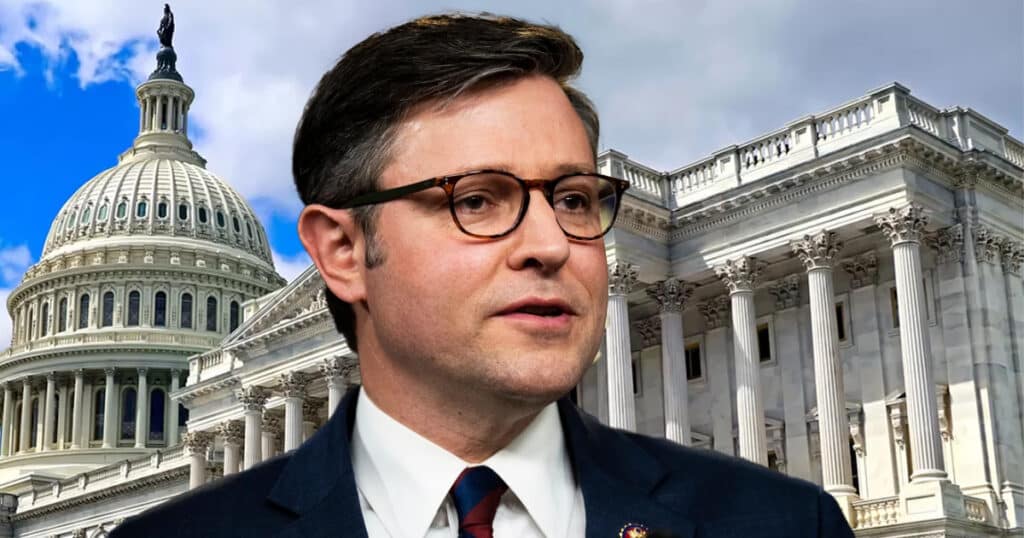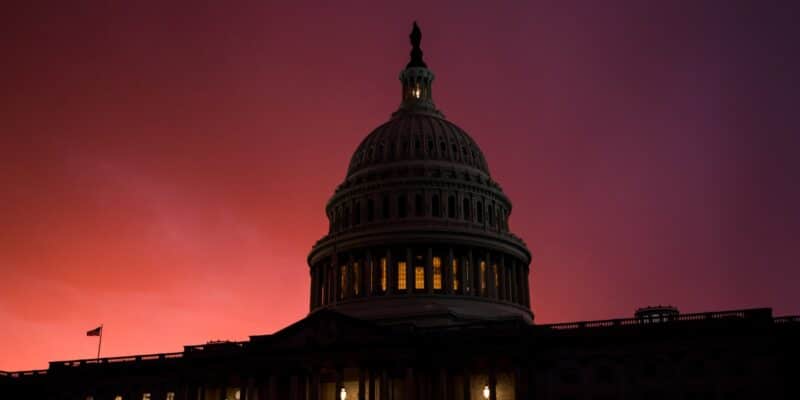
Modern Architect of CRT Is Making Bank Off Racial Animus
It’s said that when Kimberlé Crenshaw first introduced her ideas about race relations to a small group of fellow academicians about 34 years ago, she had no idea what would eventually be called critical race theory would end up pitting parents against teachers across America. The approach has literally turned schools into battlegrounds as outraged parents fight to stop their children from being indoctrinated and GOP lawmakers have drafted legislation against teaching it.
Crenshaw clearly had a basic understanding of the components for a compelling narrative, as defined by the Archway Publishing website: an antagonist, or, as defined by CRT, white culture; a protagonist, or, the cultures of non-white people of color; an inciting action, or, pretty much anything in American society, all of which can be perceived as constructs of white privilege; and a conflict, which can’t be avoided when it’s asserted an entire class of people — non-whites — have been and continue to be subjugated by an inherently racist system based on white privilege.
Of course, the last component to a successful narrative, the ultimate resolution of the main conflict, is not known and likely won’t be known for some time, as the the CRT narrative is still playing out in a myriad of venues across the country.
The CRT narrative has proved a potent catalyst the last three decades for Crenshaw, who, though not nearly the first to espouse the cultural perspectives CRT comprises, is seen by many as the modern architect of the highly divisive set of notions. According to a report in the Daily Mail, Crenshaw has ended up in constant demand and able to change up to $100k for speeches, makes over $400k from two prestigious academic positions, one at UCLA and the other at Columbia University, heads up a school for teachers about how they can incorporate her theory into their lessons, spearheads her own think tank and producers a podcast.
“It was how to think, how to see, how to read, how to grapple with how law has created and sustained race — our particular kind of race and racism — in American society,” Crenshaw told Vanity Fair in 2021, as she recalled the first brainstorming session where she version of CRT took shape..
Crenshaw is described on the All American Speakers website as a “specialist on race and gender equality” and a “leading voice in calling for a gender-inclusive approach to racial justice interventions,” the Daily Mail story said.
Crenshaw told the Mail that she fervently believes America is deep-rooted in racism and that classrooms are, in fact, legitimate battlegrounds for the type of social transitions she feels are desperately needed. So, despite the deep condemnation demonstrated for her views throughout the nation, Crenshaw remains resolved..
“It is far better that [CRT] is circulating and being used than if only 25 law professors have read it,” she told The Guardian in 2020.
Born in Ohio, Crenshaw described growing up and going to a new Christian school – where a teacher would portray black activists as ‘demons’.
Her parents referred to her as a lawyer from the age of six – with her father joking “don’t let her get a word in edgewise, when she starts to talk, you will not know what you were trying to say'”
After attending Canton McKinley High School, Crenshaw entered Cornell University – where she was a member of the Quill and Dagger secret society for top students – and graduated with a bachelor’s degree in government and Africana studies.
She then attended Harvard, where she received a J.D. from Law School in 1984, before gaining a Masters of Law degree from the University of Wisconsin.
Crenshaw said her first job was as a law clerk for Wisconsin’s first female Supreme Court Justice, Shirley Abrahamson.
The 1989 paper that synthesized CRT and would define her career — and later jolt the educational system, was published in the University of Chicago Legal Forum under the title, “Demarginalizing the Intersection of Race and Sex.”
That paper explained Chrenshaw’s theory of intersectionality, which describes how race, class, gender and other characteristics can ‘intersect’ and compound one another, with CRT as a related component.
Critics say Crenshaw’s approach creates a new “caste system” that places non-white, non-heterosexual people on top.
She told Democracy Now, “There’s no daylight between the protection of our democracy and the protection of anti-racism.
“So, what we’re fighting now, and what some of those teachers are fighting, is the effort to silence all recognition, all conversation, all tools, all histories, all of the current consequences of our past,” said Crenshaw
Crenshaw is now part of a network of activists pushing CRT. That said, Crenshaw told the Mail that every Monday she speaks to Minyon Moore, an outside adviser to Vice President Kamala Harris, and selected as an advisor by Joe Biden to pick the first black Supreme Court Justice.
“These right wing moms don’t want their kids to have to listen to the trauma our kids experience. Their comfort is more important than confronting the realities of our lives,” Crenshaw said. “We have to make it costly for those who we elected to be silent.
“Part of what we have to do is give them,” she continued, “and I know that you’ve been working on this for the last year … to give people the right talking points and the weapons – because they’ve taken the work to weaponize us, and we have to take it back.’
Research released last October found that nearly all of America’s schoolkids have studied or picked up critical race theory in class.
Millions of schoolchildren learn about everything from ‘white privilege’ to ‘systemic racism’ and ‘unconscious bias’ in class, found the Manhattan Institute, a right-wing think tank with a record of spotlighting CRT.
A poll found that 93 percent of respondents, aged 18-20, had learned about at least one aspect of the controversial racial justice theory in schools.
The theory teaches white children that they are effectively racist – and black and other non-white children that they are victims.
So far seven states have banned CRT from classrooms and 16 are considering a ban.



